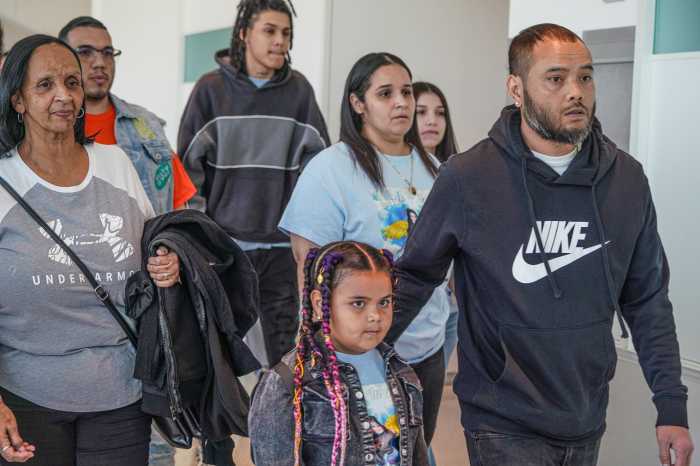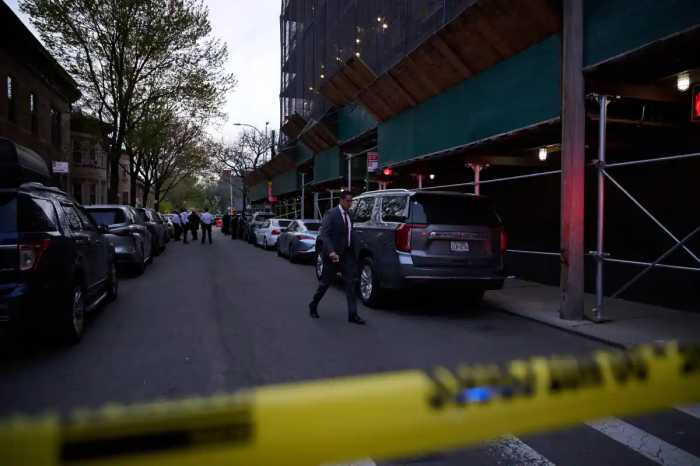
The Massapequas as we know them today are completely different than they were during the period from 1700 to 1950. Where today there are many single family homes, supported by schools, stores and paved roads, “back then” there were a few large and ornate mansions, built by Jones and Floyd-Jones family members, occupied by them during the warm weather months and staffed by servants who lived in outbuildings or in small homes they had erected themselves.
Remarkably, there was only one large house in the area from 1696 to 1770—Thomas Jones’ original dwelling (the Old Brick House) near where Massapequa Lake is today. Upon his death in 1713, his wife Freelove Townsend returned to Oyster Bay with their children to live with her parents. In 1731, William, the second son, built a modest dwelling near the Old Brick House, in the vicinity of today’s Fairfield School. He was given the land by his older brother David, Thomas’ first born son and therefore, inheritor of his estate. Born in 1699, David moved into his father’s Old Brick House in the 1720s. He became a colonial Judge as well as Speaker of the Assembly and was closely allied with the leaders of the New York colony.
David’s first son, Thomas, graduated from Yale Law School in 1750 and spent several years practicing law in New York City where he became known as an ardent defender of the British government. In 1762, at the age of 31, Thomas married Anne Delancey, who was just 16 years old at the time, and the daughter of Chief Justice and Lieutenant Governor James Delancey. Delancey gave Thomas a two acre plot of land in what was then the northern part of Manhattan. Thomas built a house and lived there until 1770. He named the house “Fort Pitt” in honor of the current British Prime Minister and the street on which it was built became Pitt Street. He and other family members acquired additional property and built their houses nearby. They ceded the streets to the New York Common Council after its members agreed to name them after his family. Hence, why we have today Great Jones Street and Jones Way, each east of Washington Square Park, and Jones Street (formerly Jones Alley), west of Washington Square Park, showing the extent of his property as well as his influence.
David Jones, son of the original Thomas, had remained in the Old Brick House, but made it clear to his son Thomas, who was destined to inherit his property, that he should live in South Oyster Bay. David then built a large house in 1770 and deeded it to him. This was Tryon Hall, located west of where Massapequa High School is today. Thomas moved there in 1772 and became owner of the mansion and of his father’s property when David died in October 1775, six months after the beginning of the American Revolution. It was the first and for many years the only large estate in the Massapequas.
Tryon Hall was named after William Tryon, Governor of New York, another example of Thomas and his father David’s political leanings. It was a spacious building, 90 feet in length, overlooking South Oyster Bay. The entrance hall was 36 feet long by 23 feet wide, floored in southern pine, with a freestanding stair that was noted by everyone who entered. There was also a drawing room, a library, kitchen and a formal dining room on the first floor. There were five bedrooms upstairs and servants’ rooms on the third floor. There was no indoor plumbing until later in the 19th century.
Thomas, by then a Judge, used Tryon Hall to entertain fellow supporters of the King and also allowed them to stay there for their safety, earning the name “Refugee House.” For his obvious Loyalist sympathies, he was singled out as a threat. He was imprisoned three times: the first in June 1776 when he was charged with being an enemy because he held offices from the King. He was paroled soon after, but was rearrested in August and sent to Connecticut as a prisoner of war under George Washington’s orders. He was released in December 1776 upon his promise not to contact “enemies of America” or to take up arms against the Patriot cause.
His third arrest was the most spectacular and lasted the longest. In 1779, American soldiers broke into Tryon Hall while he was hosting a ball and arrested him, taking him at night to Connecticut. The aim was to use him as a hostage to procure the release of General Gold Silliman, whom the British had captured. The feeling among American commanders was that Judge Jones would be of a suitable rank to be exchanged for a General.
egotiations between the two sides went on for several weeks and it was decided to swap the two prisoners in the middle of the Long Island Sound. As the boats from each side came close, the two men recognized each other and exchanged greetings, since they had both attended Yale Law School and had become friends. Judge Jones urged General Silliman to accompany him to Tryon Hall, where they had a pleasant dinner under the watchful eyes of soldiers from both sides. Part of Thomas Jones’ hospitality was payback because General Silliman’s wife had tended to his wounds suffered during his capture and transport to Connecticut.
Tryon Hall was used by American troops as a billet and was later sacked. Its owner was banished from America through the 1779 Bill of Attainder. Thomas went to England as an exile and his property passed to Richard Floyd, husband of his sister Arabella. In 1790, their son David Richard Floyd-Jones became the owner of Tryon Hall as well as Thomas Jones’ vast estate. The family that occupied center stage in the Massapequas for many decades thus became known as the Floyd-Joneses.
Tryon Hall, renamed Fort Neck House after the Revolution, remained in the family until 1920, when George Stanton Floyd-Jones sold it to the Coroon family, who ran it as a hotel for about 10 years. It then remained empty, despite efforts by the Nassau County Historical Society to purchase it and have it declared a historic site. It was destroyed by a fire of unknown origin on October 18, 1940. Two generations later, it was memorialized by the Historical Society of the Massapequas, whose members erected a marker at the site in 1992, at the corner of Beverly Road and Cartwright Boulevard.
George Kirchmann is a trustee of the Historical Society of the Massapequas. His email address is gvkirch@optonline.net.

































